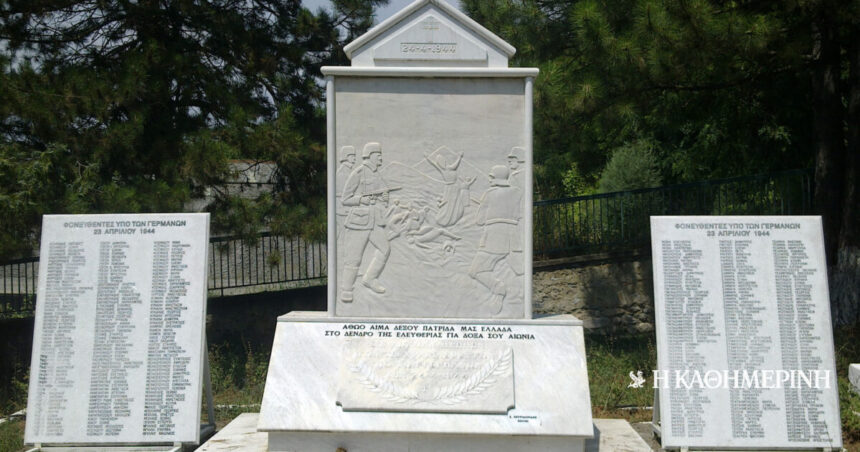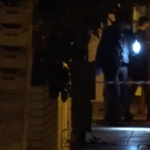At the end of 1943, the Commander of the Army Group E of the German Armed Forces, Alexander Löhr, made an account of the year he was leaving, in his message to the men of the units under his orders. Among other things, he asked his men to prepare for even tougher struggles against her enemies Germany in Greece. His message closed with the exhortation “ALL for Germany”.
In January 1944 it was implemented by the Army Group Management of a series of Clearing Businesses in Macedonia. The aim was to dismantle the refueling network of the Greek rebels of ELAS, who often offered refuge to Yugoslav Partisans. In their attempt to eliminate any form of resistance and prevent the local population from providing help to resistance groups, the Germans, often with the assistance of the Bulgarians, have destroyed cities and villages and slaughter of their population.
The primary objective of the German forces was to control the mountain passes and to encircle the rebels.
At the end of March, the administration of the Army Group E has decided to conduct it Clearing business called “MaiGewitter”. The aim of the operation was to combat the rebels who operated in northern Pindos in the areas between Metsovo, Konitsa, Kastoria and Grevena. At the same time, the order to apply the Business “Falke”the goal of which was to surprise the rebels and their disorientation. The Germans moved in such a way as to create the impression that the German attack was turning against the rebels of Vermio.
German clearing operations began on April 22, 1944. The primary objective of the German forces was to control the mountain passes and to surround the rebels. Despite the resistance the ELAS guerrillas, the Germans managed to occupy the towers and Mesovouno Kozaniwest of Vermio, April 23. The towers were a village of the area with about 1,800 inhabitants, indigenous and refugees. When they entered the village, the Germans interrogated many residents for the presence of British or US troops in the ranks of the rebels.
About 1,400 residents gathered in the central square and then moved to a rough concentration camp in Ptolemais.
As long as they stayed in the towers, they treated the civilian population with cruelty. Many residents were arrested shortly after the occupation of the village, while those found guilty, men, women and children were executed. There were many, of course, who managed to escape by going to neighboring forests. Most, however, about 1,400 inhabitants gathered in the central square and were then transported by trucks or pedestrians to a rough concentration camp in Ptolemais. Two older women, who could not follow, were executed, as were those who tried to escape the cluster created by the German soldiers in the square.
Then the German soldiers set fire to most of the towersexcluding three churches, the buildings of the Gendarmerie and the Court. They also gathered all the animals in the village, which were about 5,500. In the following days, the Germans intensified their research into the surrounding forests and mountains and found about 150 people, mainly female children, who were transferred to the towers and imprisoned to the Temple of Metamorphosis. According to some sources, Their guard was taken over by Greek German associateswho were under the commands of Captain Tsakiroglou. In the same sources, it is stated that Many women were abused by their captives in their detention. On April 26, the prisoners of the Temple of Metamorphosis, mainly the elderly, women and children, were transferred to adjacent barns, which the Germans set on fire.
It is estimated that during the four days of the occupation of the towers by the German troops, 335 people were executed or burned alive. About 200 were the civilians executed by Mesovouno. After the destruction of the towers and Mesovouno, the German troops were attacked in the northeast against St. Paul and Ano and Kato Grammatik.
Column: Myrto Katsigera, Vassilis Minakakis, Antigoni-Despina Poumenidou, Athanasios Syroplakis






